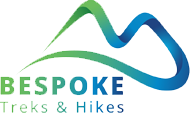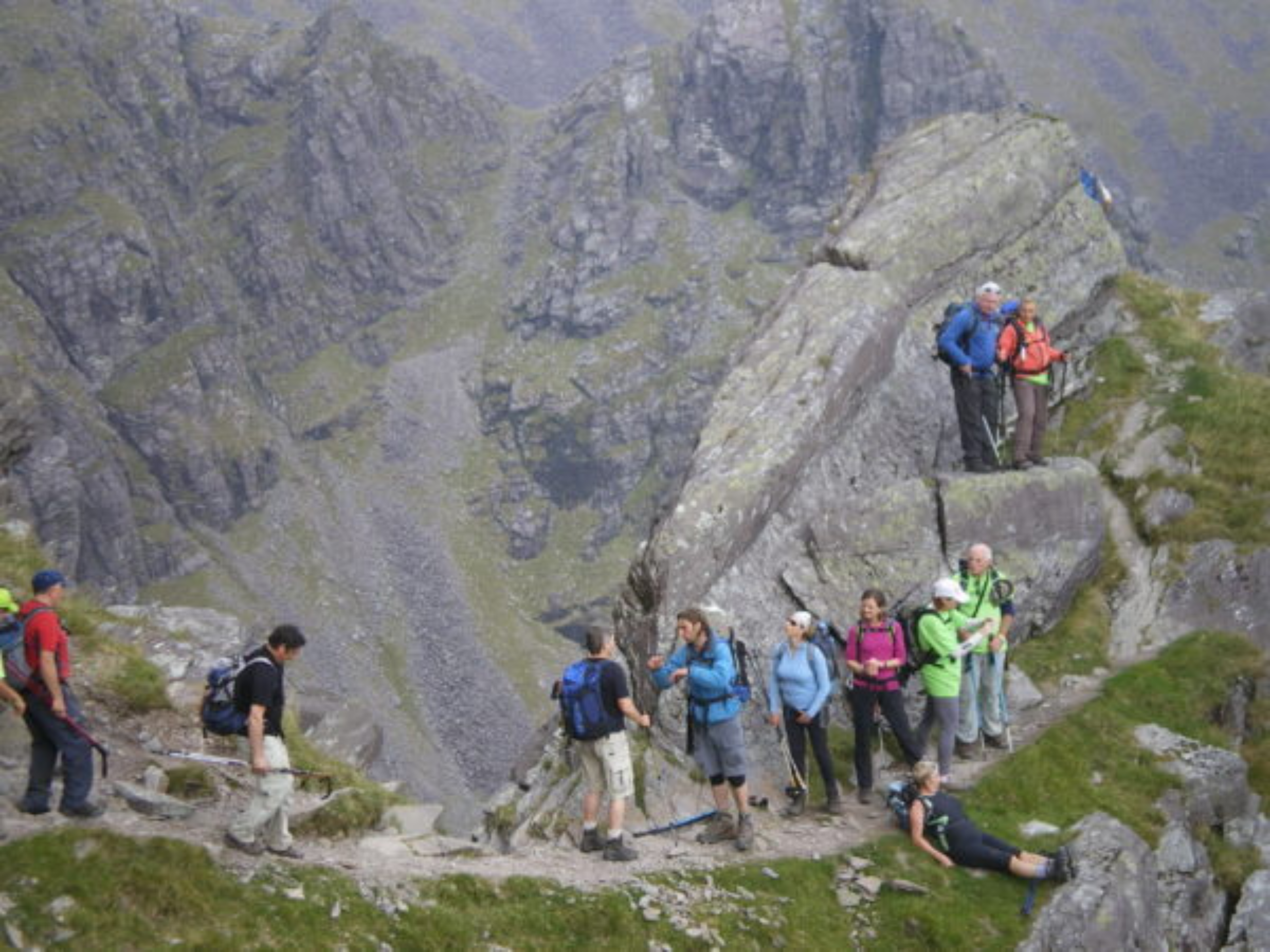
I get asked by many clients about should they use walking poles or not?
In answer to that and taking many things into consideration like, type of terrain, length of trek, fitness levels and indeed most importantly weather. Overall I would say yes use them, the benefits outweigh any downsides.
Pole manufacturers have claimed that trekking poles can reduce the forces on lower-limb joints by up to 25 per cent (they would say that wouldn’t they). Yet the research had been only carried out in labs or on running tracks and focused on bio mechanical stress in the ankle, knee and hip areas.
However the Northumbria University study is the first documented study into the effectiveness of trekking poles on proper outdoors mountain terrain.
Dr Glyn Howatson who was leading the study said: “The results present strong evidence that trekking poles reduce, almost to the point of complete disappearance, the extent of muscle damage during a day’s mountain trek.”
The study by Northumbria University in the UK focused on 37 physically active men and women who were split into two groups of equal fitness. They were asked to hike up and down the highest mountain in England and Wales, Scafell peak and Snowden.
While one group had the aid of walking poles the other did not. As much as possible, everyone in both groups ate the same for their evening meal and breakfast, carried the same weight in a rucksack and enjoyed the same regulated rests during the ascent and descent.
Data was collected of the walkers’ heart rates and their personal perceived exertion ratings. At the end of the hike, and at 24, 48 and 72-hour intervals afterwards, muscle damage and function were scientifically tested.
The study had found “there was significantly less muscle soreness in the group using trekking poles”.
The benefits of using walking poles
The group that used the poles benefitted from:
- Reduced loss of strength.
- Faster recovery immediately after the hike.
- Significantly less self-rated soreness 24 hours after the hike.
- Significantly less self-rated soreness 48 hours after the hike.
- Lower levels of the enzyme creatine kinase, which indicates muscle damage.
- Negligible muscle damage.
For full research see below. https://www.researchgate.net/publication/44602410_Trekking_Poles_Reduce_Exercise-Induced_Muscle_Injury_during_Mountain_Walking

